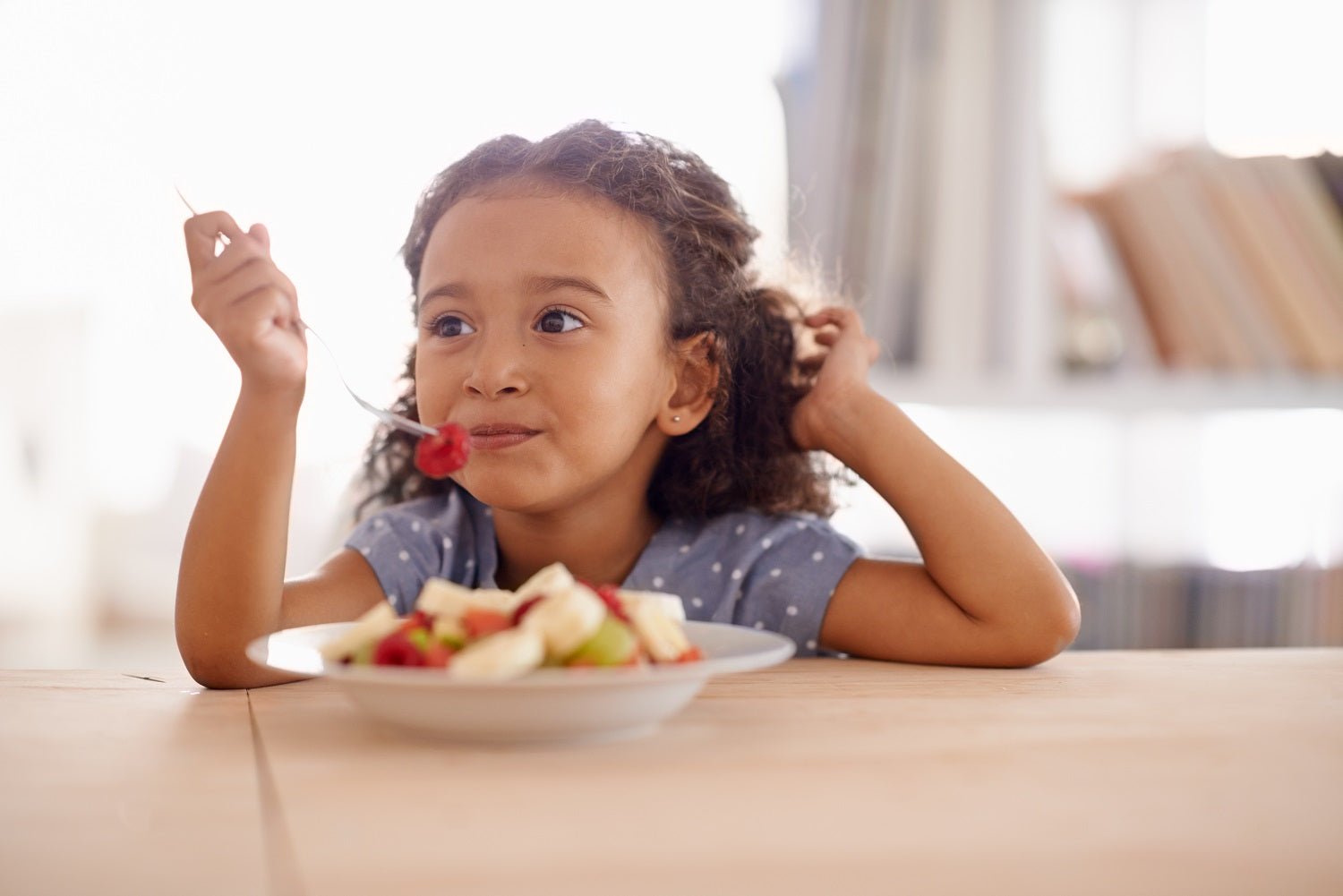
How to Fuel Your Child's Brain with Healthy Foods
It’s that time of year again when lazy summer days turn to structured hours of in-class learning and after-school activities for our children. While your child might be focused on who is in their homeroom class, you’ve got to have their health and nutrition top of mind.
Let’s face it, a school day only has a short lunch period and a 10-minute snack break, which leaves limited time to incorporate healthy and filling meals. The conundrum is this: if your child isn’t getting the proper nutrition he or she needs at school, their brains and bodies aren’t working to their fullest potential when it comes to science class or soccer practice.
Here are a few tips to fuel your child’s brain (and body) during the school year:
Start with a Nutrient-Rich Breakfast
Kids sleep 8 to 12 hours every night, and when they wake up in the morning, their bodies need to be refueled. Skipping breakfast can make kids feel tired, restless, and irritable. Breakfast will also help kick-start their metabolism and give them the energy to be physically active; both are ways that help manage a child’s weight. Not only does eating breakfast have effects on your child’s mood, energy levels, and weight control, but it also benefits them in school. Studies have shown that children who eat breakfast actually perform better in school. How much breakfast will benefit your child depends largely on what they are eating. Breakfast, like all meals, should be well-balanced, including foods from multiple food groups (fruits, vegetables, grains, dairy, and protein). But more specifically, your child’s breakfast should include complex carbohydrates (whole grains, vegetables, and oatmeal), fiber, and healthy fats (avocado, nuts, and beans).Follow Up with a Nutritious Healthy Lunch
Like breakfast, you want to pack your child a well-balanced lunch. Try to have at least one fruit, one vegetable, some protein and a healthy carbohydrate. Here are some other healthy lunch tips:- Try swapping out the white bread in sandwiches, instead opting for 100% whole grain bread. Whole grains are high in folate and other B vitamins which help improve memory. They are also high in fiber, which will keep your child feeling fuller longer to make it through the school day before coming home for their after-school snack.
- If your child isn’t a fan of sandwiches (or if you just want to switch things up), try making pasta salad with whole grain pasta.
- Educate your child about picking healthy choices when they must buy lunch. Make sure they know to avoid greasy, deep fried foods such as pizza, fries, and chicken nuggets, but rather to choose healthier options like sandwiches, stir-fry, and salads, and to pair their entrée with a fruit and/or vegetable.
Now it’s time to think about an after-school snack!
Your child has just come home from a busy day filled with learning, and they’re looking to soothe that after-school hunger. You could give them chips, cookies, or any other fatty and sugar-filled treat, but it’s better to treat them with a healthy snack that will fuel their bodies and get them ready to work on homework or go to practice. Some ideas are:- Hummus and pita bread
- Vegetables and dip
- Fruit salad
- Apples and peanut butter
- Chocolate dipped frozen bananas
- Sweet potato fries
- Air-popped popcorn
- Pretzels
- Peanut butter and crackers
- A smoothie
- Cheese and crackers
- Trail mix

